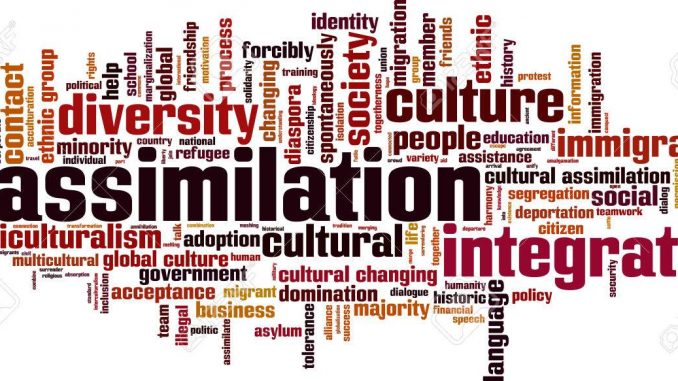Rejecting Assimilation
The words assimilation, integration, and acculturation are often used interchangeably but they mean different things. Assimilation suggests giving up your culture to fit in with the people around you, whereas integration is a process in which people from different groups become more alike, and acculturation is the process of learning the rules of society. In her book, “You Sound Like a White Girl,” Author Julissa Arce spoke to ABC News about what it lost when people are forced to give up their identities to fit in.
Teaching Ideas:
The ideas in this interview speak to three questions from the Re-Imagining Migration Learning Arc:
- How might the environment in the new land help or hinder newcomers’ inclusion?
- How do newcomers come to understand the new land and their place in it over time?
- How might newcomers and the receiving community balance their identities, cultural values, and world views as they interact with one another?
You might begin a lesson exploring the ways that one’s surroundings shape the way people act. Consider asking students to reflect in writing about a time when they feel like the group/culture around them shaped their behavior. You might pair students up to share stores if there is a sense of community in the classroom.
To probe further, ask students to reflect further. Are there times when that pressure from the outside shapes behavior in a positive way? Are there times when that pressure has a negative impact?
Introduce the concepts of integration and assimilation and then have students examine the word cloud. It includes words associated with assimilation. Ask students what they noticed about the words (and their tone) and how it shapes their understanding of the meaning of assimilation. What words might they have included?
Introduce the interview and use the connect-extend-challenge Project Zero to probe these issues further. This is a great way to promote perspective-taking skills.
You might wrap up the lesson with a reflection on the significance of these issues. Why do they matter? We like to use the Three Whys thinking routine to reinforce habits of inquiry.









